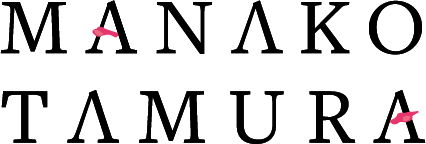The Challenge
Empower first and second generation immigrants to express their challenges around identity
The Outcome
A workshop where participants used cutouts from magazines to visualize their struggles with race and assimilation
What It Is
Awkward Middle Place was a co-creation workshop that I hosted in November 2017 as a user research provocation for my masters thesis. I invited twelve immigrants and children of immigrants to express their experiences around race and assimilation by creating collages with magazine cutouts.
How It Works
Seven banners were positioned around a workspace, each marked with a prompt related to the immigrant experience. Then the guests were given several minutes to clip images from magazines I provided and use them to express a response in the form of a collage.. The artwork was then used to help guide a discussion in which I collected user insights.
Prompts
Insights
“I got a better understanding of how it doesn’t have to be either one culture or the other, and how that might not be ok to people back home or even people here, but it is what works for you”
“I was surprised at how relevantly the magazines and current-day media could portray my feelings.”
“All my life, I avoided being that Indian guy who does all the traditional stuff... I never wanted to be stereotyped that way. So maybe I overcompensated for it by being very white-washed.”
“There were so many similarities between participants and we were all talking about how to maintain certain aspects of our background while embracing other cultures’ values”
“I left the workshop with optimism. Everyone seemed to acknowledge their struggles and we validated each other’s experiences whether they were similar or different”
Outcome
Many of the participants expressed feelings of shame, both in being white-washed and in being seen as a stereotype of their cultural background. One of the central tensions shared by several participants was the feeling of being torn between their their native heritage and an expectation of assimilation to white America. This tension was deeply colored by the relationship with their race. Different cultural markers distinguished and often marginalized them as exotic, primitive, or even childlike within the dominantly white communities in which the participants sought to belong.


























